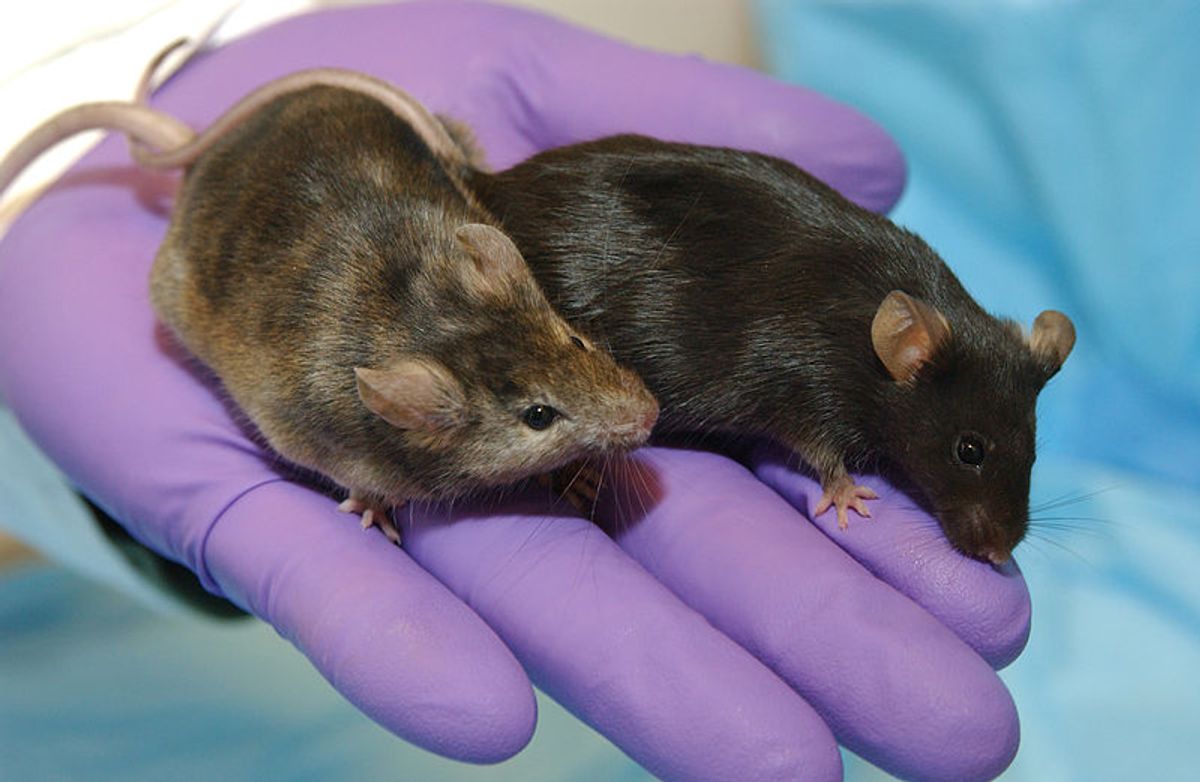All mammals on Earth reproduce in nature by mating with the opposite sex. Now, scientists have overcome this mammalian reproduction barrier — with mice. A paper published today in the journal Cell Stem Cell demonstrates that same-sex reproduction in mammals is achievable using the right tools.
Researchers from the Chinese Academy of Science used embryonic stem cells and gene editing to produce offspring from two male mice and from two female mice. The mice with two mothers lived to adulthood and were able to have offspring of their own. The mice with two fathers only lived for 48 hours.
Previously, scientists have produced baby mice with same-sex parents, but those cases required genetic manipulations, and the offspring had serious abnormalities. In this case, scientists removed embryonic stem cells from a female mouse. Next, they removed maternal imprinting from three crucial regions of DNA using the tools from Crispr-Cas9. The modified stem cells were implanted into the unfertilized egg of the other female house, and formed an embryo. The study says of the 210 embryos produced, 29 mice were born.
The process of imprinting has been an obstacle for reproducing mammals from same-sex parents. The research raises questions about why mammals can conceive only when an egg is fertilized by a sperm. Parthenogenesis — reproduction without fertilization — occurs in many vertebrate and invertebrate species.
While this is an exciting development that provides more insight into barriers in the mammalian reproduction process, it does not mean that human same-sex couples will be able to emulate the experiment soon.
Prof Azim Surani, director of germline and epigenomics research at the Gurdon Institute, University of Cambridge, told the Guardian: “The comprehensive nature of the manipulations involved rules out – at least for now – any such attempts to generate bi-maternal human embryos. The bi-paternal embryos in this experiment, in any case, did not survive for long”.
Dr. Teresa Holm, from the University of Auckland, told BBC this research could pave the way, but there are "significant ethical and safety concerns that would need to be overcome.”
Jacob Hanna, a molecular geneticist at the Weizmann Institute of Science in Rehovot, Israel, told Nature that the study’s success rate was actually pretty low, too.
“Most, if not all, of the embryos that they developed were still abnormal and could not survive,” Hanna told Nature. “I think it’s almost impossible that this would be allowed for clinical application.”
Allan Spradling, a reproductive biologist at the Carnegie Institution for Science, echoed similar sentiments when speaking to Nature.
“I don’t think it’s going to lead to people genetically having two mothers or two fathers as a routine thing,” Spradling told Nature. “We don’t understand it well enough, and it might be too risky to take it that far.”



Shares